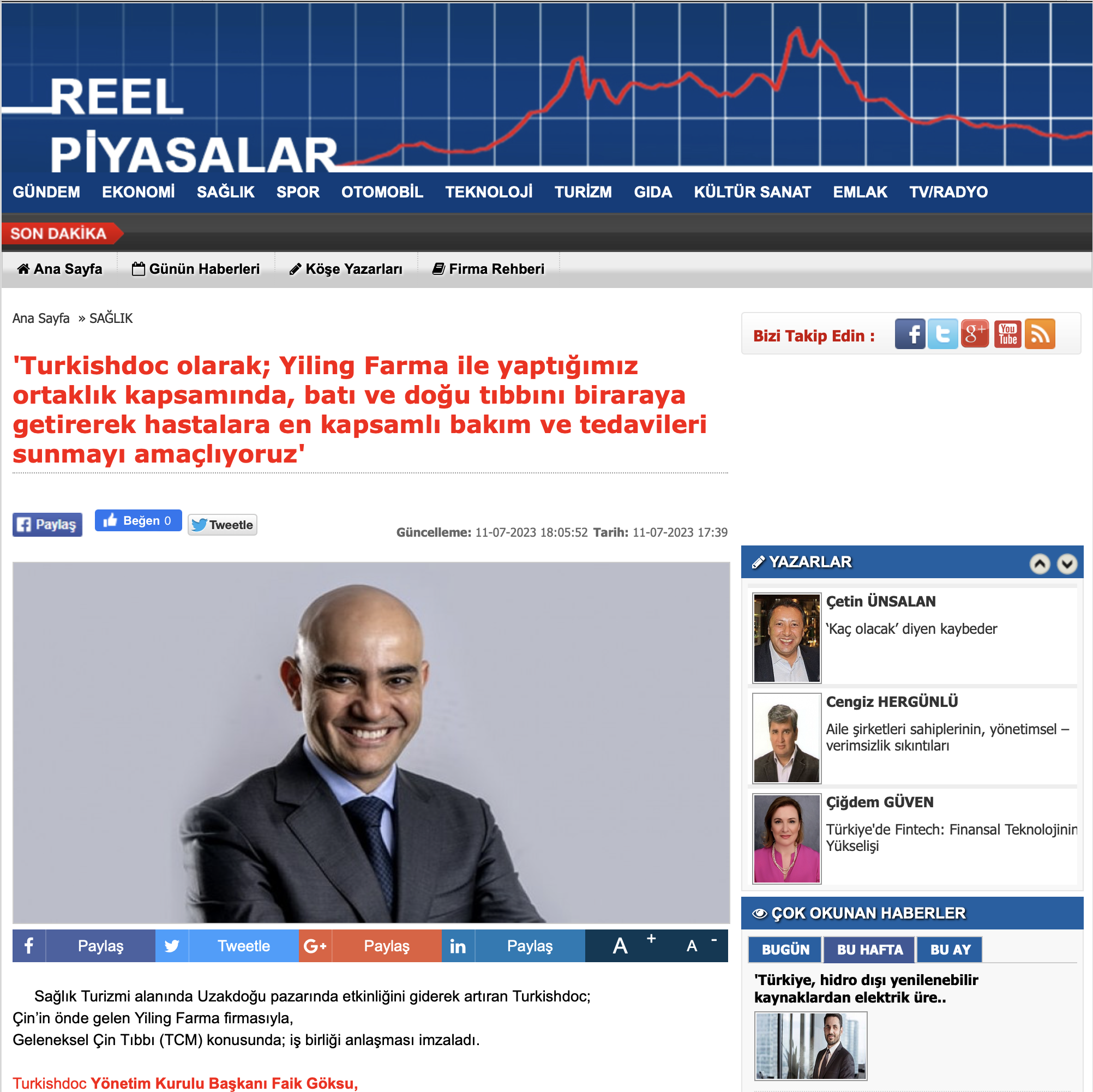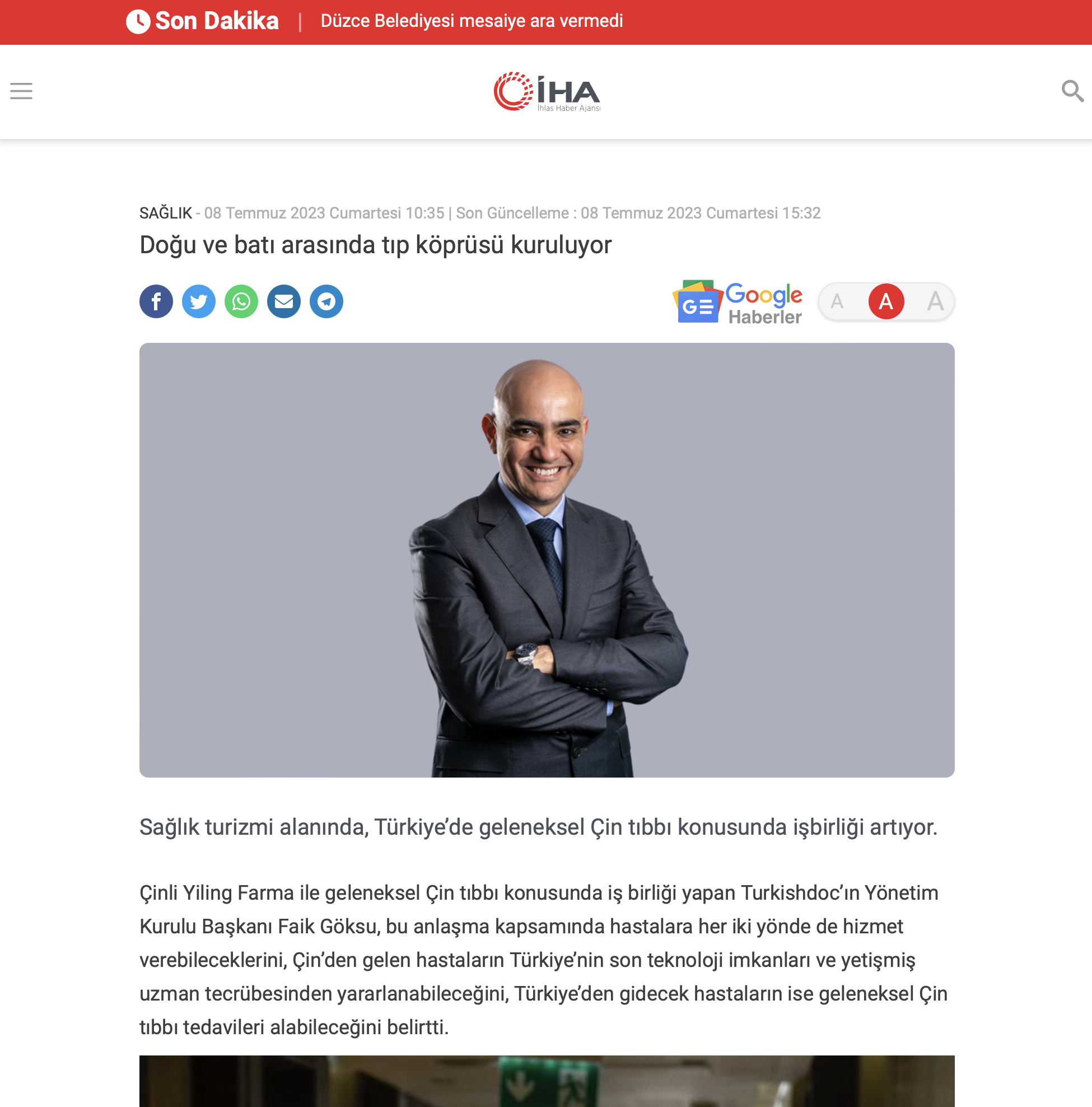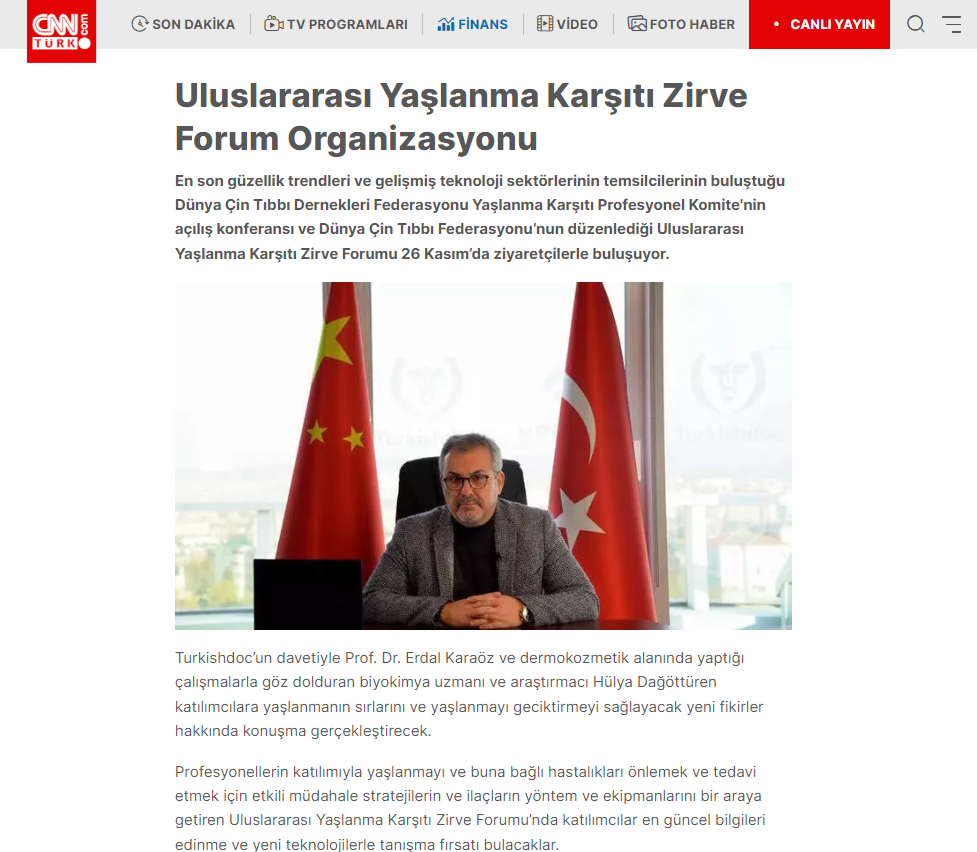Turkishdoc
What Is Spine Surgery?
Spine surgery is the branch that deals with disorders of the vertebrae and spinal cord. Spinal damage is one of several conditions that affect a person’s daily life. Spinal damage can be caused by many factors and can lead to functional-deformational disorders. Spinal disorders include herniated discs, cervical herniated discs, lumbar spinal stenosis, spondylolisthesis, and spinal trauma. Each of these conditions affects different parts of the spine and therefore has different complications. After assessing the person’s complications and medical history, the spine surgeon uses certain methods to make a diagnosis. After these methods, he or she plans a treatment tailored to the individual. Other diseases that spine surgeons deal with include scoliosis, osteoporosis, and herniated discs.
Lumbar Hernia
A herniated disc occurs when the structure of the disc between the vertebrae, which allows the spine to function, deteriorates. As the inner structure of the disc becomes dehydrated, it is unable to fulfill its function, and some abnormalities begin to appear in the spine. Herniation occurs when the outer layer of the disc cracks. Lumbar disc herniation, also known as lumbar disc herniation, also causes pressure on the nerve. In this case, many complications and symptoms begin to manifest themselves. In general, leg pain, limitations in movement, numbness, and weakness begin to be seen.
There are some factors for herniated discs that occur for many reasons. In general, a sedentary lifestyle, occupational factors, making sudden movements, pregnancy, and being overweight are among the causes. The herniated disc, which occurs due to these reasons, has some symptoms. These symptoms include arm and leg pain, muscle weakness, tingling and numbness, and bladder problems. Different treatments are applied depending on the severity of the herniated disc, the patient’s age, and the general health of the patient. While conservative treatment methods are sometimes effective, they do not always work. Therefore, surgical methods can be applied to cases where medication and physical treatment do not respond.
Cervical Herniated Disc
A cervical herniated disc is a spinal condition that occurs when the disc protrudes between the vertebrae. Since the neck is more sensitive than the waist, it is likely to wear out quickly. For this reason, it is possible to say that a herniated cervical disc is a common condition among young people. The most common pain in the neck may cause this condition to be suspected. Pain may also radiate from the neck to the shoulder, arm, and neck. This condition, which causes numbness and weakness in the arms, can occur for many reasons. It is possible to list the causes of cervical hernia as follows:
- Rheumatic diseases
- Choosing the wrong pillow,
- Incorrect lifting techniques
- Posture disorder
- Lack of sport
- Trauma
In addition to all these reasons, some risk factors can also be mentioned. In particular, people who work at a desk, such as cleaners, cooks, textile workers, etc., and perform actions with constant movement may have cervical herniated discs. Symptoms and complications are evaluated by the doctor, and radiological examination methods are applied. When findings are made, a special treatment method is determined by the doctor. There are many treatment methods for cervical hernias. Medication, injection, physical therapy, and surgery are among the treatment methods that can be applied to this condition. In general, surgery is recommended to achieve a high rate of recovery from a cervical hernia. However, cervical hernia surgery is not suitable for everyone and is applied according to the patient’s age, general health status, and severity of the hernia.
Lumbar Spinal Stenosis
One of the conditions that spine surgery deals with is lumbar spinal stenosis. This condition, which is caused by a decrease in the fluid-structure in the discs, is a narrowing of the canals through which the nerves in the spine pass. Lumbar spinal stenosis is also called canal stenosis. When the canal structure narrows, the nerve root is compressed. As it is a spinal condition that develops slowly over time, symptoms do not appear immediately. When the disease reaches a certain level, some symptoms begin to appear. These symptoms include pain and numbness in the back or legs. It is possible to feel these symptoms, especially when standing. If these complications have been present for a long time, you should see a doctor.
The specialist listens to and evaluates these complications and performs a physical examination. After the physical examination, radiologic tests are also performed. If findings are found after evaluation of the imaging tests, lumbar spinal stenosis is diagnosed. The doctor will apply one of the following treatments: medication, spinal injection, or surgery. A surgical procedure called lumbar decompression is performed when medication and injection therapy fail to produce a response. Another surgical procedure for this condition is laminectomy. The surgical procedures aim to widen the canal stenosis.
Spondylolisthesis
Spondylolisthesis is when a vertebra slips forward or backward. From an anatomical point of view, the main cause of this displacement is a fracture of the bone bridge called the pars articularis. Spondylolisthesis can occur for many reasons and can be seen at almost any age. In particular, it occurs as a result of traumas such as sports and traffic accidents. However, genetic predisposition, lifestyle, and advanced age can also trigger the development of this spinal condition. Common symptoms of spondylolisthesis include
- Low back pain
- Pain in the buttocks and legs
- Severe pain in the arms
- Numbness in the buttocks and legs
- Urinary incontinence
If a person has been experiencing these symptoms for a long time, they should consult a specialist. The doctor listens to the person’s complications, performs a physical examination, and obtains information about their medical history. If the physical examination is not sufficient, imaging tests are performed. Depending on the severity of spondylolisthesis and the patient’s health condition, certain treatments are applied. Medication, physical therapy, and surgery are used for this condition. If the disease does not respond to medication or physical therapy, surgery may be required. The main purpose of the surgery is to relieve the compressed nerves and reduce the associated pain and complications, such as numbness.
Spinal Trauma
Spinal trauma is the name given to damage to the spine that can occur for many reasons. In particular, it occurs as a result of trauma such as falls, bumps, and traffic accidents. The damage caused by fracture and slippage affects the functioning of the body. This condition is treated with surgery, which is performed in a personalized manner by a trauma surgeon using appropriate procedures. The surgery aims to repair the damaged spine and optimize its function and form. This is therefore one of the most important spinal injuries that fall within the scope of spine surgery. Information about the surgical process is clearly explained by the specialist. After spinal trauma surgery, regular physical therapy and medical check-ups are recommended.











